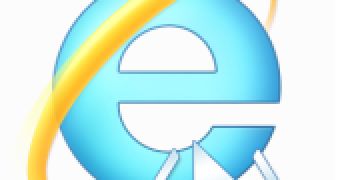Windows and Internet Explorer have traditionally formed an unmatched pair integration-wise, and although there have been successful efforts to break the two apart, users should expect the platform and browser marriage to continue with Windows 8 and Internet Explorer 10. Come fall 2011, Microsoft is planning to provide insight into the next generation of both Windows and IE. THE place to witness first-hand the future of Microsoft’s operating system and browser is the BUILD conference between September 13 and 16 in Anaheim, California.
“BUILD is the first place to dive deep into the future of Windows and Internet Explorer,” revealed Ted Johnson for IEBlog.
“What’s special about BUILD? It will be the first broad hands-on unveiling of the next version of Windows and its new app model featuring HTML5 and JavaScript. In short, building Web-connected apps for the next Windows is as easy as building for the modern Web.”
Internet Explorer 10 will be the default browser for Windows 8, a detail which the software giant already confirmed officially.
Furthermore, the past week, at D9 and Computex, the Redmond company also demoed the first applications built on top of a new platform supported for Windows 8, designed to allow developers using HTML5, CSS and JavaScript to leverage their existent set of skills in order to build apps that would run on Windows 7’s successor but stretch seamlessly into the Cloud.
“You will (..) learn how to work with the all-new touch-centric user experience to create fast, fluid, and dynamic applications that leverage the power and flexibility of the core of Windows, used by more than a billion people around the world,” Johnson.
“We’ll cover building touch-optimized Web sites that take advantage of the full power of hardware-accelerated Internet Explorer 10 and transform your users’ experience with the Web.”
Of course, it’s only to be expected of Microsoft to push IE to the next level with the upcoming version. This includes the evolution of the browser’s hardware acceleration capabilities.
Personally, and this is speculation on my part, I expect Microsoft to connect intimately Internet Explorer 10 with DirectX vNext in Windows 8, to make the best out of next generation graphics cards, and not just GPUs.
I also think that the software giant will backport, at least in part Windows 8’s DirectX to Windows 7, and upgrade DirectX 11, perhaps with Service Pack 2 (SP2), but then again this is just speculation and nothing more.
Internet Explorer 10 (IE10) Platform Preview 1 (PP1) is available for download here.
Windows Internet Explorer 9 RTW for Windows 7 and Windows 7 SP1 is available for download here.

 14 DAY TRIAL //
14 DAY TRIAL //